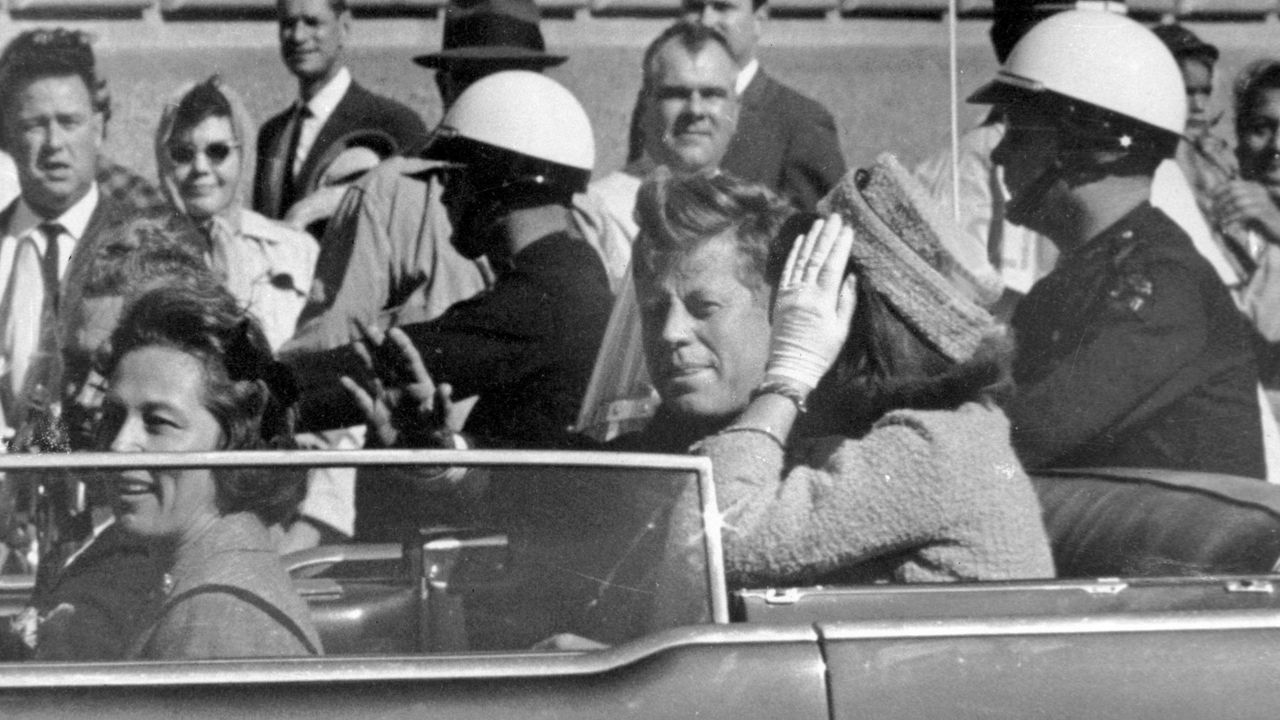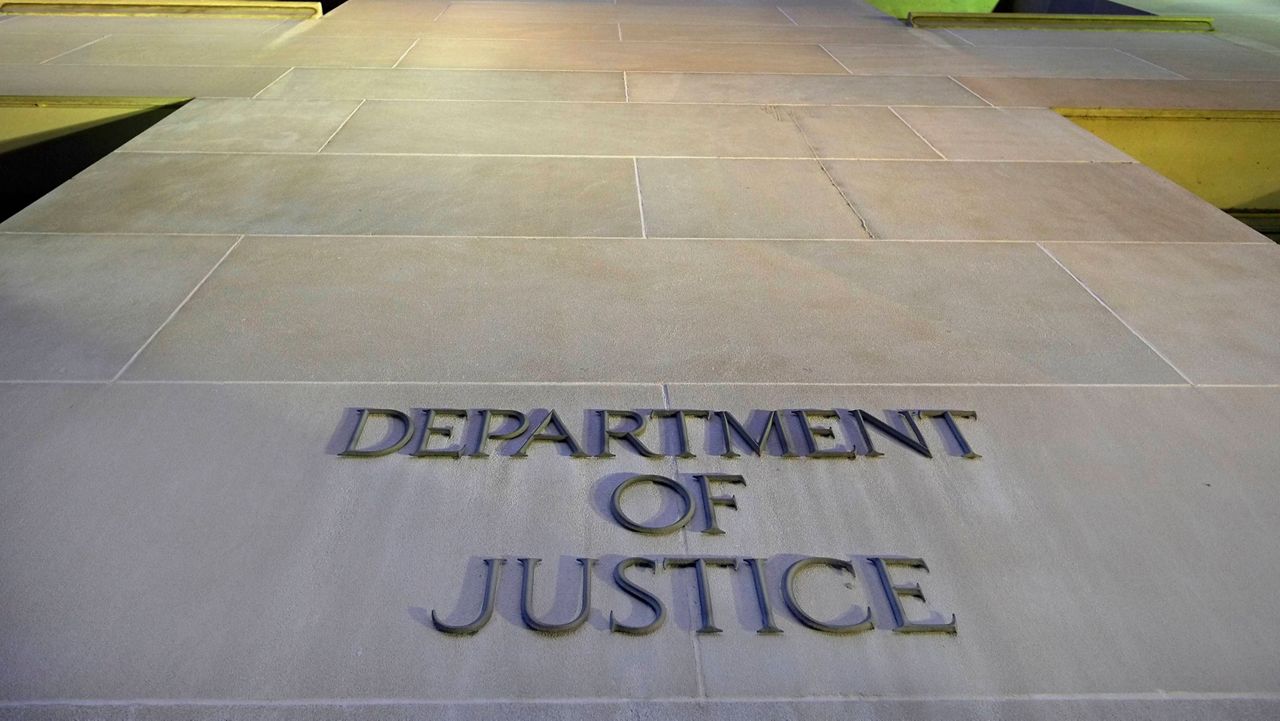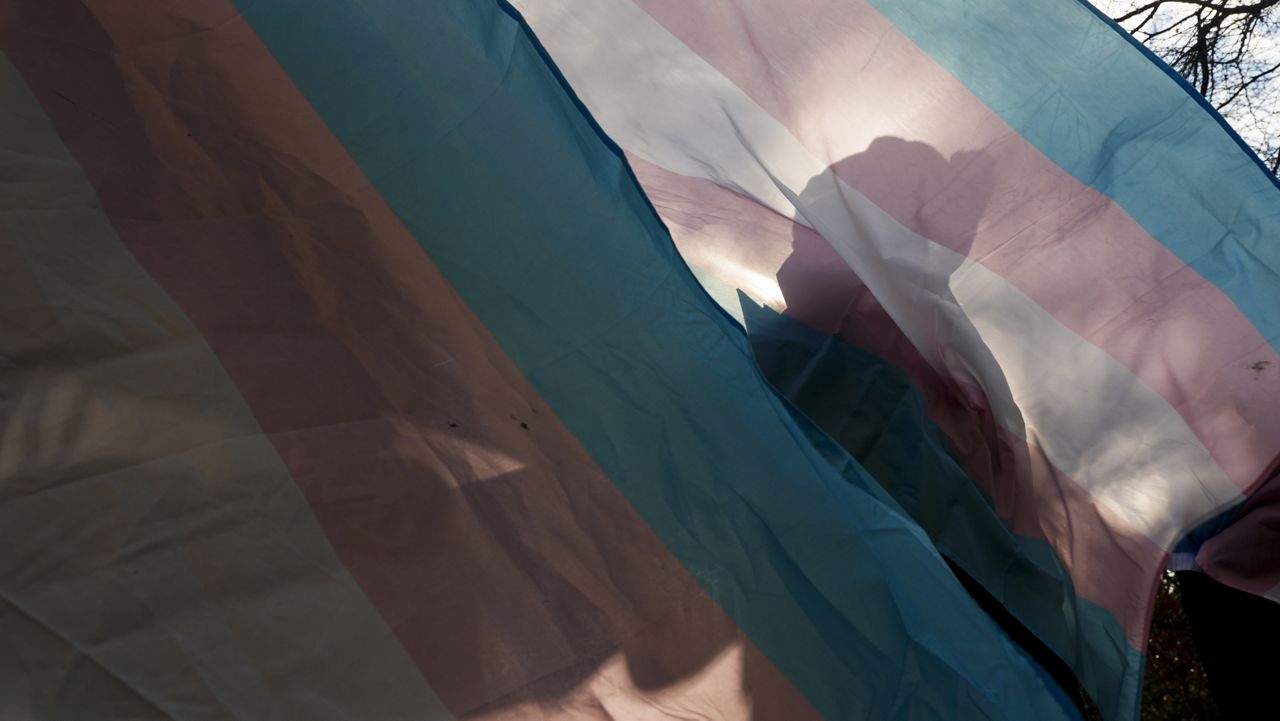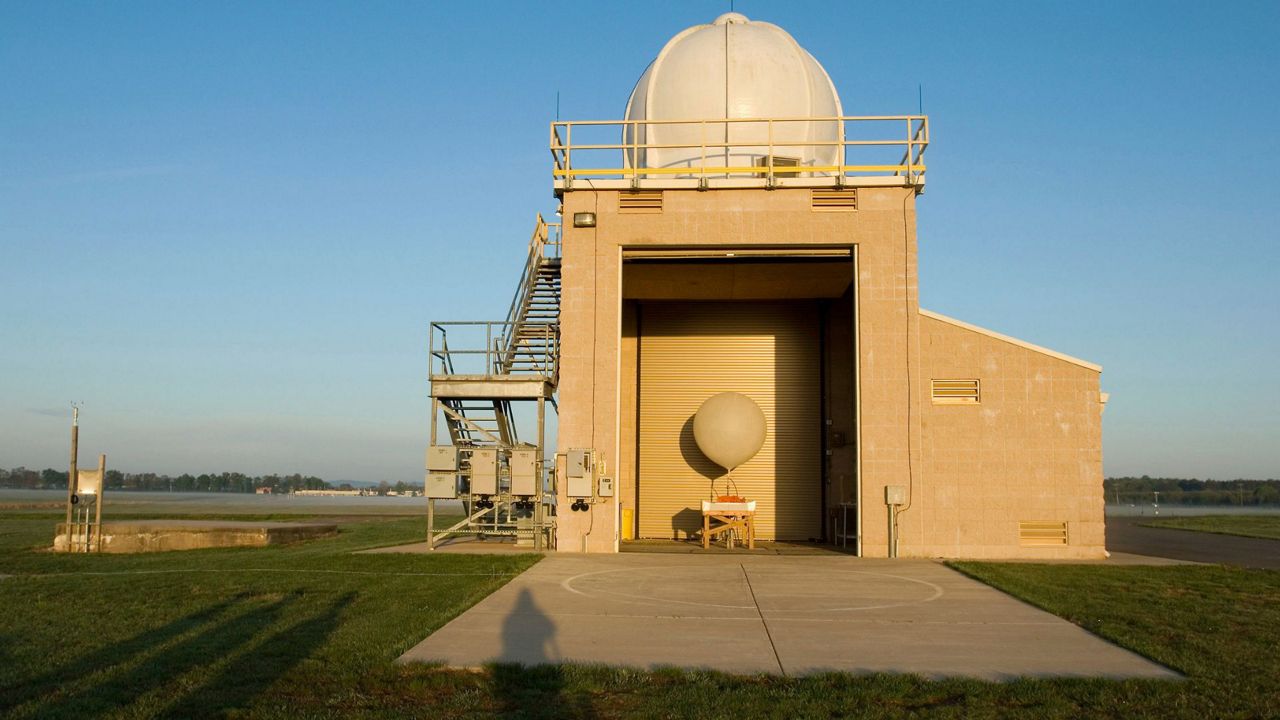LOS ANGELES — The small and quiet communities living near the Chiquita Canyon Landfill in Castaic never imagined having to travel to Sacramento to demand the state adopt stricter landfill emission standards.
However, after nearly three years dealing with air quality violations, reported health problems and a constant noxious odor coming from the landfill, residents saw no other choice.
This week, around 30 community members traveled to the state capital in hopes of convincing the California Air Resources Board to update its 15-year-old landfill emissions standards, which regulate how landfill operators monitor, control and capture emissions.
Since May 2022, the Chiquita Canyon Landfill has been experiencing an underground fire-like reaction that the EPA has called a Subsurface Elevated Temperature event. As a result, excessive leachate — or toxic leakage — is produced, landfill emissions and odors increase and typically carbon monoxide, hydrogen gas, hydrogen sulfide and volatile organics are increased, while methane is decreased.
Yasmina Valdivia along with other community members have said the health impacts are unbearable — reporting constant nose bleeds, nausea, headaches, tremors and other symptoms.
The Chiquita Canyon Landfill has previously vowed to mitigate health impacts from the reaction pushing out gas. The LA County Public Health Department says their studies into the reaction don’t show long-term health impacts, but community members don’t agree.
Jennifer Elkins is another community member who has been advocating for the county to declare a state of emergency over this issue and also went to Sacramento.
"Our message really for CARB is that we need stricter regulations and we need more oversight on landfills, not just our landfill, but all of them all over California," said Elkins.
It has been 15 years since CARB has updated their Landfill Methane Regulation. Methane is a greenhouse gas that is at least 28 times more effective than CO2 at trapping heat in the atmosphere over a 100-year period, according to the EPA. Although there has been no response from CARB to these requests, they're currently considering updates.
It would be a step in the right direction for Elkins, who says she just don’t trust the current regulations are enough oversight to protect communities, pointing to examples of toxic leakage called leachate that they have seen at the Chiquita Canyon Landfill near her home.
"Almost everything that's happened that's gone wrong, they were caught by some other organizations. Like, AQMD caught them with leachate," said Elkins.
Those actions have led to investigations by the state and federal EPA, resulting in several lawsuits and waste no longer being accepted at the Chiquita Canyon Landfill.
But that is just one landfill, and it’s time for an overhaul in regulation, says Nick Lapis with Californians Against Waste.
"Landfills are very problematic. They pollute the groundwater, the air. They cause climate change. They can cause very serious health impacts, and we can't just pretend that none of this is happening," said Lapis.
A study they participated in, called "Golden Opportunity: California's Roadmap to Slashing Methane Emissions from Landfills," identified a couple of ways to better regulate landfills like satellite and aerial monitoring.
"The basic things we're asking for are more advanced monitoring to try to find leaks sooner so they can be fixed. This isn't that complicated. Alot of times, fixing the leaks comes down to fixing a broken wellhead or compacting the soil in a part of the landfill. If the requirements are not mandatory, it's really unlikely that they'll be implemented," said Lapis.
The same report by Industrious Labs says California's landfills emit more than 7.2 million metric tons of carbon dioxide equivalent of methane annually, which they say is equivalent to driving 1.7 million cars for one year.
Lapis noted that the federal EPA had taken up the issue, but since the Trump administration came into office, those efforts hit a grinding halt.
"If California doesn't push the envelope, other states won't push the envelope, which means EPA won't adopt regulations that are more protective. So California's actions can really have ramifications far outside of the state's borders," said Lapis.
Valdivia agrees and says they have all communities in mind going to Sacramento.
Another resident, Elizabeth Jeffords, says she does everything to be responsible with her waste — recycling, composting — but knows state action can make a bigger impact.
"We need to make sure that we, as a community or as a state, we are doing all the things on our part that we can do," said Jeffords. "But we also need to hold these landfills and these facilities accountable for what they're supposed to be doing as well."













